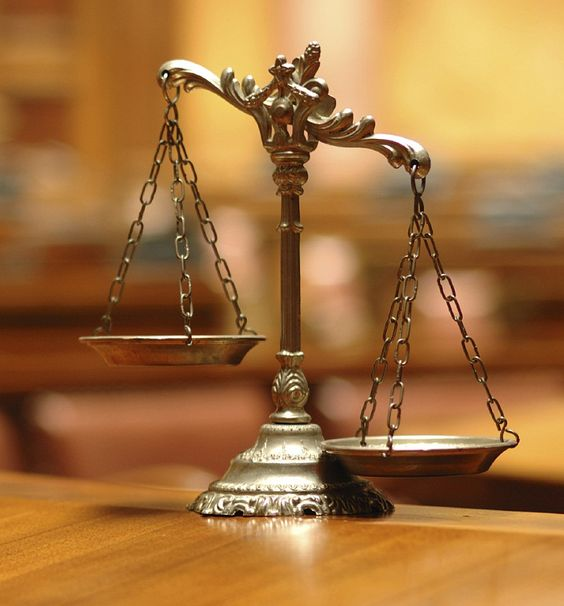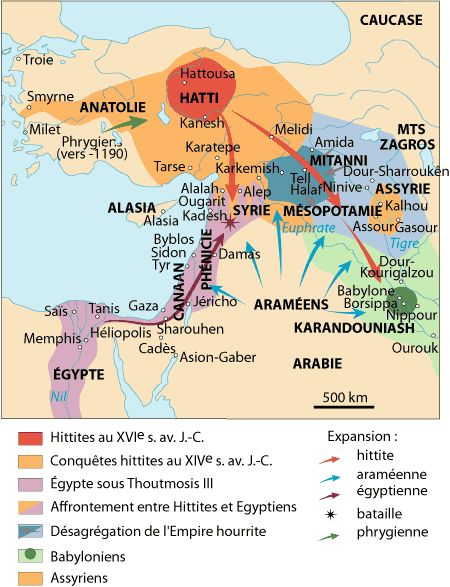The Constitution divided the Government into three branches: legislative, executive, and judicial. That was an important decision because it gave specific powers to each branch and set up something called checks and balances. Just like the phrase sounds, the point of checks and balances was to make sure no one branch would be able to control too much power, and it created a separation of powers. Here are some examples of how the different branches work together:
- The legislative branch makes laws, but the President in the executive branch can veto those laws with a Presidential Veto.
- The legislative branch makes laws, but the judicial branch can declare those laws unconstitutional.
- The executive branch, through the Federal agencies, has responsibility for day-to-day enforcement and administration of Federal laws. These Federal departments and agencies have missions and responsibilities that vary widely, from environmental protection to protecting the Nation’s borders.
- The President in the executive branch can veto a law, but the legislative branch can override that veto with enough votes.
- The legislative branch has the power to approve Presidential nominations, control the budget, and can impeach the President and remove him or her from office.
- The executive branch can declare Executive Orders, which are like proclamations that carry the force of law, but the judicial branch can declare those acts unconstitutional.
- The judicial branch interprets laws, but the President nominates Supreme Court justices, court of appeals judges, and district court judges who make the evaluations.
- The judicial branch interprets laws, but the Senate in the legislative branch confirms the President’s nominations for judicial positions, and Congress can impeach any of those judges and remove them from office







